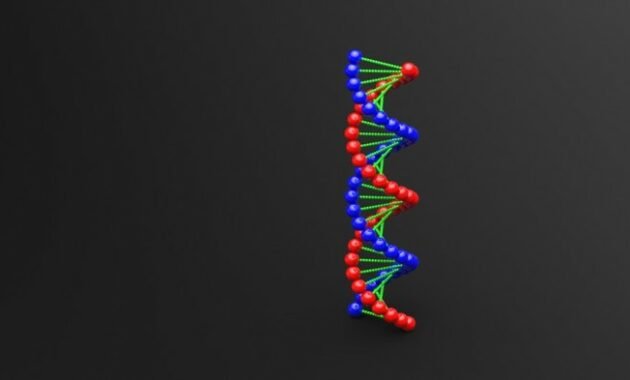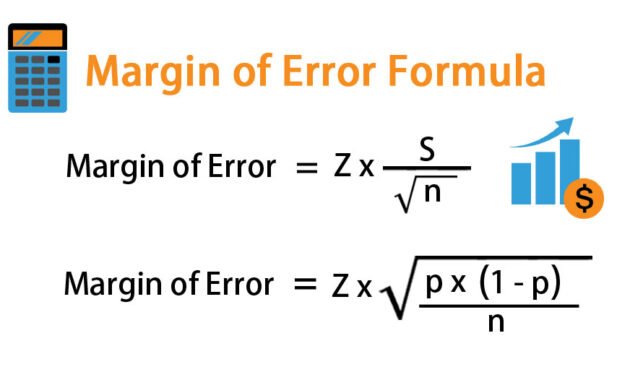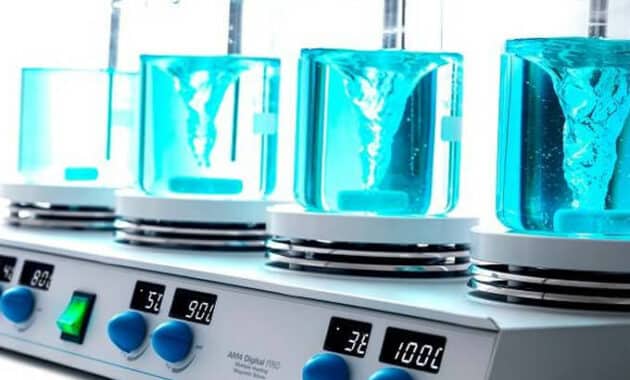History of Radiology (X-Rays)

Wilhelm Conrad Roentgen, a physicist at the University of Wurzburg, Germany, first discovered Roentgen rays in 1895 while conducting experiments with cathode rays. At that time he saw the emergence of fluorescence rays emanating from barium platinocyanide crystals in an electrified Crookes-Hittorf tube. He soon realized that this phenomenon was a new discovery so he […]
What is Venn Diagram ? (Complete Explanation and Examples of Use)

A Venn diagram is an image used to express the relationship between sets in a group of objects that have something in common. Typically, Venn diagrams are used to describe sets that intersect, are independent of each other and so on. This type of diagram is used for scientific and technical data presentation which is […]
Cell Organelles: Definition, Structure, Function, Various

In the field of cell biology, organelles are one of several structures with special functions floating in the cytoplasm of eukaryotic cells. In the past, organelles were identified through the use of a microscope, as well as through the use of cell fractionation. A. UNDERSTANDING THE CELL ORGANEL Cell organelles are solid objects found […]
Structure and Function of Nucleic Acid

Nucleic acids are biochemical macromolecules that store and transfer genetic information in cells. They use stored genetic information to direct the synthesis of new proteins in cells. New proteins can be synthesized by ribosomes from DNA and genes held in nucleic acids. Nucleic acids are found on the chromosomes of every living cell. Chromosomes are […]
How to Calculate Margin of Error

Margin of error is a statistic that states the number of errors in random sampling in a survey. Margin of error can also be defined as a distance in a certain confidence interval (statistical) from the survey, this distance represents a statistic. Margin of error measures how close the results of the sample are to […]
What is Magnetic Stirrer and Its Function?

Definition and function of magnetic stirrer – In the laboratory, usually a researcher often performs various practicums. Researchers often mix chemical solutions in a beaker for analysis. The substances to be dissolved must be mixed until homogeneous or completely mixed. To get this perfection, a researcher needs a stirrer called a magnetic stirrer . Before […]
